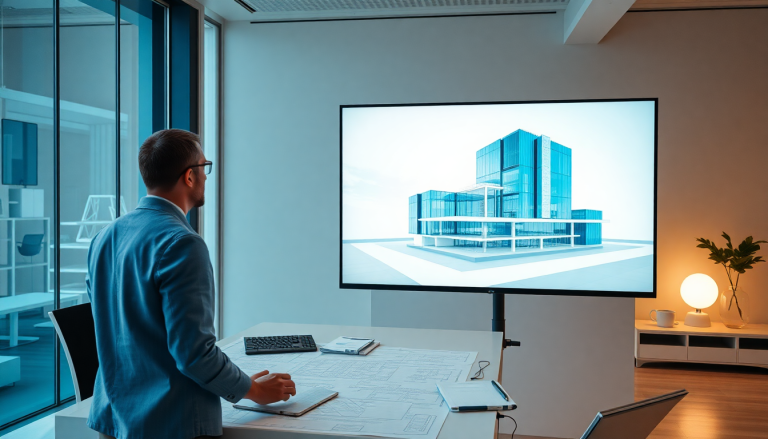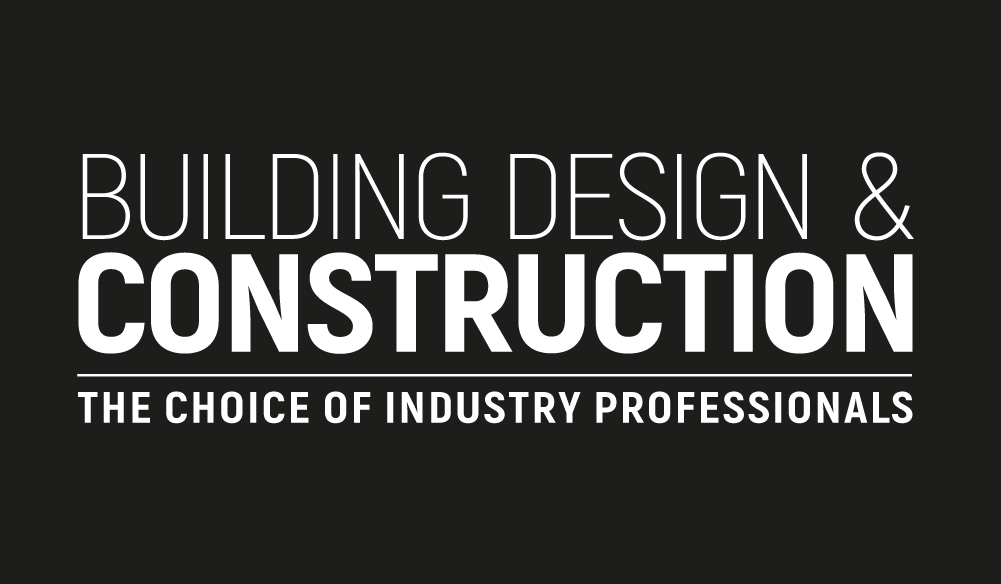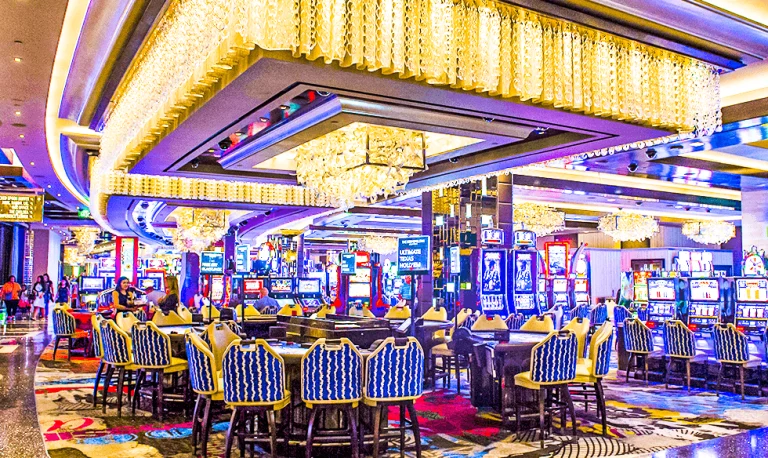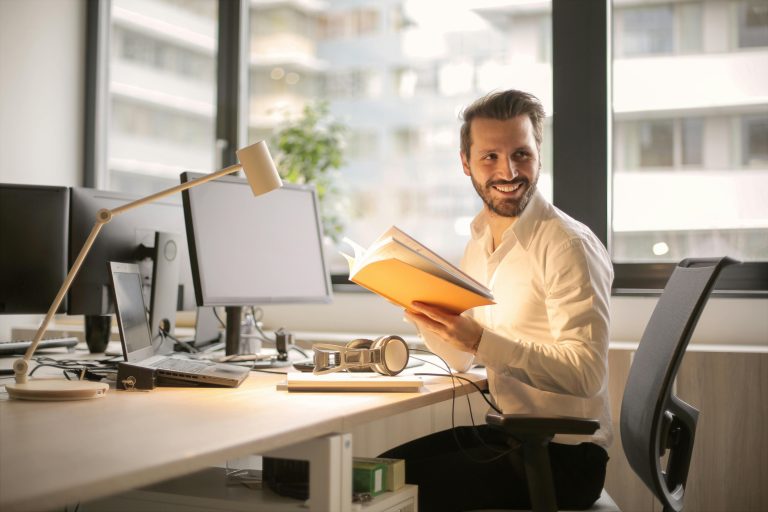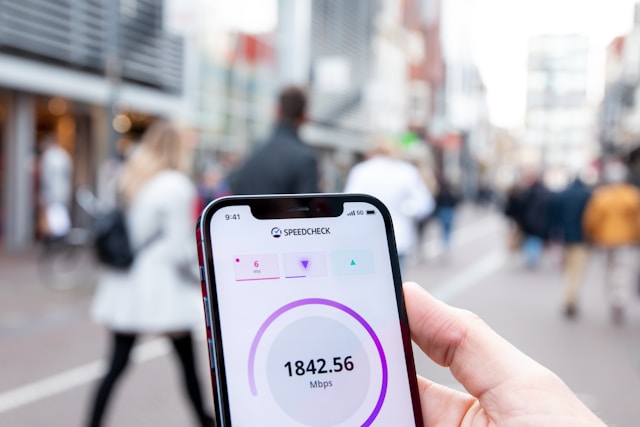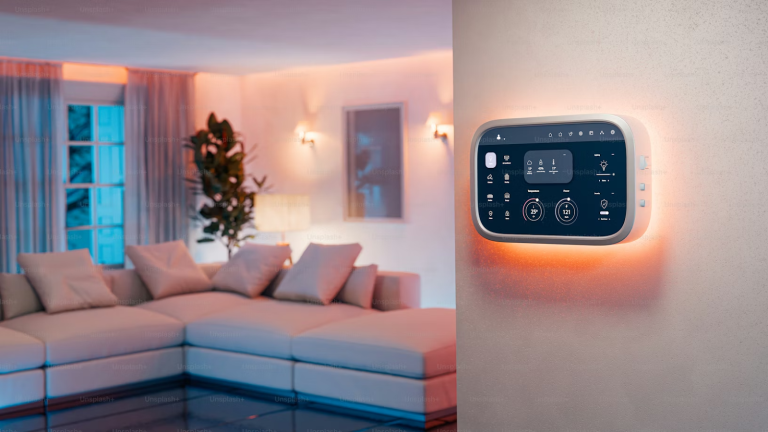When you switch from playing poker in person to playing it online, the difference can feel huge. In a real-life casino or home game, the cards, chips and actions happen instantly, you act, and the table reacts. Online poker aims to replicate that speed. But if there’s lag (delay), say you click “call,” and nothing happens for a second or two, it kills the flow. That delay can affect your decision-making, timing, and the overall fun. Real lag can even cost you a hand. So for online poker to feel right, everything from dealing cards to moving chips must happen smoothly and quickly. Solid Server Networks and Smart Infrastructure Anti-lag is an important part of any high-performance environment. In online gaming, especially in PVP matches, even a bit of delay can be the difference between winning and losing. Smooth gameplay depends on fast, stable connections that keep everything in sync. The same goes for online poker. When you log into a poker table, you connect not just to other players, you’re also linked to the servers running the game. When you log into an online poker table, you connect not just to other players, you connect to servers that host the game. A quick check on PokerScout, for example, allows players to see that top UK poker platforms prioritise speed, stability, and real-time gaming. These servers keep track of who’s playing, who’s folded or raised, and what cards are dealt. For big platforms, these servers are set up so that thousands of games can run simultaneously, without slowing down. To make things even smoother, many platforms use edge servers (near major player hubs) rather than relying on just one distant server. This helps reduce lag in real-time actions and live dealer streams. Real-Time Streaming and Live Dealer Tech For games that involve a live dealer (or if you watch someone else play), streaming video in real time is essential. Modern online poker and casino platforms use streaming technology built for low latency, meaning very little delay between what happens on the table and what shows up on your screen. Beyond just video, this streaming system also keeps chat, bets, table changes and other interactions in sync. That way, it feels like you’re at a real table, even though you’re on your phone or laptop. Digital systems that support live poker games rely on the same principles of real-time data management found in large-scale smart environments, like the one recently launched by Manchester University NHS Foundation Trust. Shuffling, Randomness and Secure Logic In digital poker, cards aren’t dealt by a human; they’re dealt by algorithms. These include certified random-number generators (RNGs) that ensure the deck is shuffled fairly. That way, players can trust the randomness. Over time, poker sites have improved these systems (and added audits) to make sure shuffling and deal outcomes are fair and secure. Plus, the platform’s software keeps track of all moves, bets, pots, and player eliminations, so the digital “table” operates just like a physical table, with total transparency. Matching Players and Scaling Even When Busy Online poker platforms often have many players logging in worldwide. To handle that, there are systems that match players fairly, seat them at tables, and keep track of who joins or leaves. This matchmaking logic happens automatically and helps avoid waits or bottlenecks. Because of this, even when there’s a rush, say, late at night when many people play, the experience remains smooth. Servers can scale, manage data, and distribute load so you don’t end up waiting to join a table or stuck with lag. What Helps Make Poker Feel Instant From the Players’ Side It’s not just the platform’s job. What you have at home matters too. A good internet connection helps avoid delays or disconnections. You don’t need a super-fast connection, but you do want stable speed and minimal interference. Whether you play on a phone, tablet or PC, devices capable of running the poker software smoothly help avoid lag or freezing. Also, streaming video, downloads, or other data-heavy tasks running at the same time as your poker session can slow things down. Closing unneeded apps helps. What Newer Tech Is Doing to Make Poker Even Better As the online poker world evolves, the tech behind it also improves. Here, some of the recent upgrades are making live poker feel even more like the real thing. For instance, faster networks like 5G mean lag drops dramatically. 5G accessibility is currently sitting at about 83% in the UK to meet rising demand. That makes poker on phones almost as responsive as on a desktop. Players can act, see results, and react instantly. Servers close to players’ regions help with real-time processing. That means chats, dealer actions, bets, and table updates show up immediately, without delay, eating into your move time. Streaming tech now adapts based on your internet connection, balancing video clarity with smoothness so you don’t get stuck buffering mid-hand. These improvements reduce frustrating pauses, make betting feel natural, and keep the rhythm of the game alive, which matters a lot in a game like poker where timing and psychology play a big role. Conclusion Online poker has come a long way. What started as slow, jerky, lag-prone games is steadily transforming into something that feels closer and closer to sitting at a real poker table. Behind the scenes, powerful server networks, smart streaming tech, and secure algorithms all work together to keep the action smooth and fair. For this to truly work, it’s a collaboration, a stable internet connection and a capable device on your end, and reliable infrastructure from the poker platform. As networks improve and streaming tech grows, the gap between “real life” poker and “online” poker keeps shrinking. For anyone who enjoys the game, whether casually or seriously, that’s something to get excited about.
